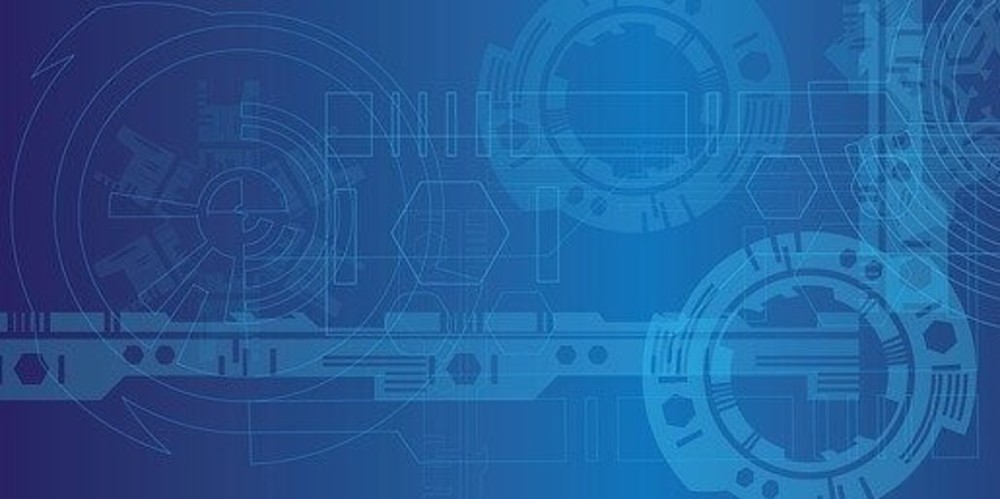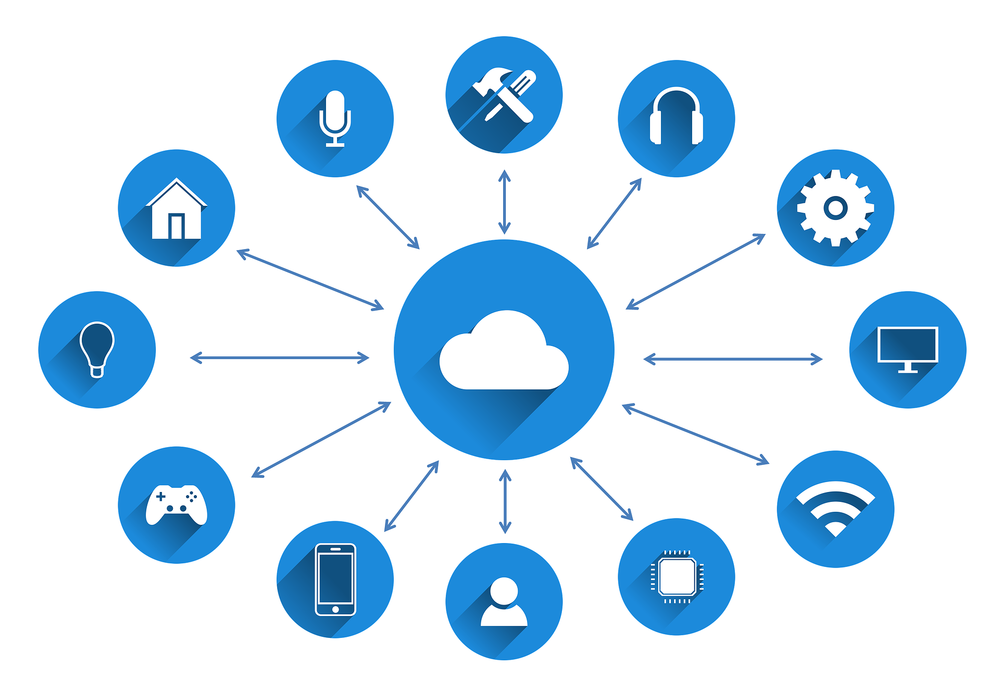This article is part of a blog series on Construction 4.0 technologies, exploring how they are changing the way we do business in the construction industry.
The technological revolution in the construction industry is now called construction 4.0. It is all about connectivity to improve the way we do business in the Architects, Engineers, Construction, and Operation (AECO) industry.
The previous revolution stages were:

It shifts the construction industry towards greater digitization.
There is still no international consensus on what the concept of construction 4.0 really means. Here are some of the definitions we found the most relevant:
The technologies will gradually change the way we work, reducing waste by mixing the physical environment with its digital representation, to anticipate, at the design stage, the errors we normally discover during the construction stage which implicate costly reworks.
Construction 4.0 is an evolving innovative concept within the industry encompassing:
To save time and money, more and more projects prefabricate sections of a building in warehouses before delivering them to a construction site.
For instance, using 3D printing allows you to design bespoke parts digitally and print them on a specific part of your construction.
BIM, laser scanning, cloud computing, artificial intelligence (AI), and immersive technologies can change the way you plan and design new structures in your projects.
3D simulations in virtual reality (VR) allow you to visualize, feel the space, and test a building before construction work begins. The information produced before the construction starts will allow you to speed up processes and improve the performance of the structures by easily:
Construction is using sensors, robots, and drones to automate repetitive and hazardous tasks for higher safety on construction sites, and faster, more reliable processes than the ones in traditional methods.
The adoption of the Internet of Things (IoT), allowing data exchange via software, sensors, and other technologies accelerates the completion of projects.
Construction 4.0's main technologies are:
Construction 4.0 revolution helps you to streamline and automate your entire project life cycle.
BIM models are used as digital twins to:
At the design and construction phases, the interconnectivity of technologies is made of physical processes that manage a virtual counterpart of the physical world. It helps you to make decentralized decisions, using the cloud and the IoT, whilst your machines and your staff communicate and collaborate in real-time.
At the operational phase, BIM, IoT, and sensors help you to monitor the performance of the construction and implement an effective system for preventive maintenance management.

It implies that a paradigm shift takes place in your organization including:
Data production and management is a crucial part of construction 4.0 success and requires new business models.
You cannot only rely on data and information traditionally generated during the design and execution of construction projects. You will have to include the data needed at the operation stage.
The data speed and amount of information coming from sensors and other systems require that you use new platforms to analyze, interpret, and connect them to the existing business platforms.
The above will allow you to provide new services and innovative products that connect your construction site with smart factories, and smart designs, to build smart constructions and cities.
It will depend on the digitalization maturity of your organization to decide which tools you need to implement to complete your transformation.
Innovation comes so rapidly that you need to monitor their evolution closely, to make sure that you are using the right tools and methodologies, and that you are ready to use them.
Before making decisions to move forward you should ask yourself the following questions:

BIM allows projects to:
Process automation using digital technologies brings higher quality results, and production is more consistent and efficient.
Constructing smart assets require the use of technology to:
For example, you can 3D print entire homes created with all types of different materials. Maine University’s Advanced Structures and Composites Center (ASCC) recently shared details on what it’s calling the world’s first 3D-printed home, entirely recyclable and made of bio-based materials:
Building a digital twin and reviewing the design progress using VR, before construction starts, make the decision process easier and reduce the risk of costly reworks, decreasing financial and reputational risks to clients and contractors.
Involving facility managers during the design stage will improve the efficiency of your construction and predict future maintenance programs reducing unforeseen malfunction during the use of the building.

Some barriers should be removed before construction 4.0 is embraced more widely.
A survey in the UK found that system integration issues, out-of-date devices, platforms that are not aligning processes across a company, and outdated software, explain most of the everyday challenges of the construction industry.
This is prejudicial and causes a potential loss of income.
The challenges are:
Construction 4.0 will help reduce the repetitive and hazardous tasks, found in the construction industry, replacing many traditional, skilled jobs.
Trade staff will have to be re-trained to concentrate their effort on more rewarding and less dangerous jobs.
The performances of the architects and engineers will be enhanced, so they can focus on more advantageous offsite technologies rather than onsite construction.
Construction 4.0 requires money upfront to invest in new digital technologies. This could be a barrier to construction companies, especially for the small ones as it could impair their possibilities to compete with the larger ones.
New companies offering “technologies as a service”, to smaller companies unable to afford the initial investment, will appear on the market, to offset this hurdle.
Every new technology implementation requires that your staff learn new skills. You will have to train your workforce before you introduce digital modernization in your company.
When the technology is in place you will have to coach them on how to use the new software and machines.
You may also have to recruit new people or provide your existing workforce with education on BIM management and modeling.
Universities and training providers will have to design new programs to respond to these new requirements.
Change resistance in the construction industry is a big barrier to implementing a construction 4.0 strategy, so you will have to distinctly spell out the benefits of the new processes you want to implement. You also should describe what is in it for your employees if you want them to adapt to the new improvements as a team.

2023 appears to be a great year for construction. Be ready to embrace the change and get more opportunities.
The worldwide main requirements are:
Re-inventing your portfolio offering will help you to respond to the new requirements in construction 4.0.
The improvements you should expect from the implementation of construction 4.0 are:
Investment requirements can be high in your diversification and will involve risks such as the burden of debt so be careful in your venture.
Construction is an industry in constant evolution. So you must:
Our technology diagnostic looks at the best way to incorporate new technology into your workflows and how to move your organization to cloud computing so you can open up new possibilities for your daily planning tasks and make sure your data never leaves the optimally secured data center.
The technology appraisal report will help you to explore what investment is required to improve your projects’ productivity and collaboration as well as the ROI you can expect.
Implementing BIM can be daunting, but Driving Vision is here to help you at the pace you are comfortable with. Get started by getting in touch now
You minimise the level of investment required to implement BIM as we share the Research and Development costs with other client
You increase your revenue by staying ahead of the competition as BIM best practices allows you to win bigger and more rewarding projects.
You reduce your costs, more than our fees cost you, by decreasing potential litigations, rework, and errors and omissions
